
Bird surveys carried out by an independent consultant every year in spring/summer and again in winter have been in place on the Streatham Campus for the last 16 years and on St Luke’s Campus for the past 11 years.
The results of the winter birds surveys on our campuses during two visits – early visit in December 2024 and late visit in January 2025 – have been received and we wanted to share the highlights.
Streatham Campus
A total of 1,256 birds were recorded during the visits. There has been a 14% fall in the number of birds recorded on Streatham Campus this winter compared to last winter. However, last winter’s total of 1,454 birds was the highest recorded in almost ten years, so it isn’t any surprise that fewer birds were recorded this year. In fact, this year’s total of 1,256 birds represents an average year when measured against the results from the previous ten years.
The top five species recorded were:
- Robin (Green list)
- Wood Pigeon (Amber list)
- Blue Tit (Green list)
- Blackbird (Green list)
- Herring Gull (Red list)
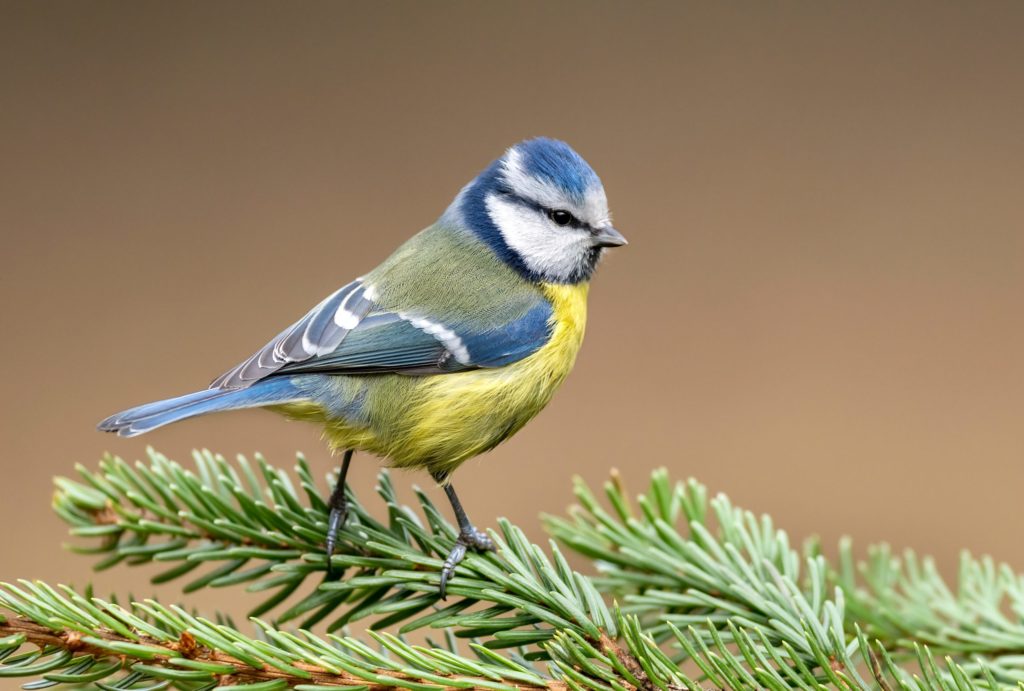
Birds of Conservation 5 (BOCC5) was published on 1st December 2021 and is the assessment of the status of all the bird species that regularly occur in the UK. This assessment indicates that 70 species are of the highest conservation concern and have been placed on the Red list, 103 species have been placed on the Amber list and 72 species on the Green list. The majority of the Red list species are there because of a severe decline in numbers in recent decades, their numbers remain below historical levels or are under threat of global extinction.
A total of 424 (14 species) Birds of Conservation Concern 5 (BOCC5) Red list and Amber list birds were recorded:
Red List
- Greenfinch
- Herring Gull
- House Sparrow
- Mistle Thrush

Amber List
- Bullfinch
- Dunnock
- Mallard
- Moorhen
- Rook
- Song Thrush
- Sparrowhawk
- Stock Dove
- Wood Pigeon
- Wren
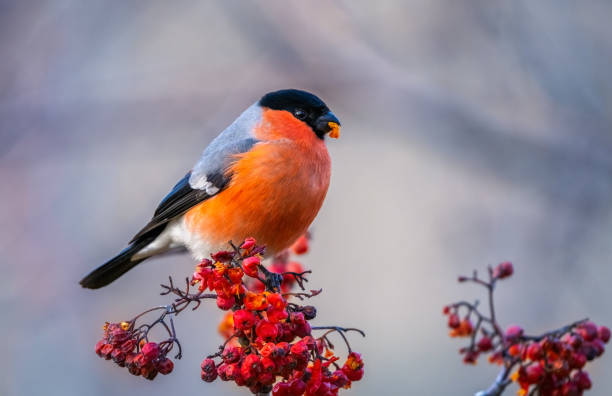
Interesting Observation
On 1st December 2024, a single Treecreeper was heard calling from a small stand of trees just north of Duryard Cottage.
The Treecreeper is a small active bird, known for its unique behaviour of climbing up tree trunks in search of insects. They use their stiff tail feathers for support whilst climbing trees, moving in a spiral direction up the trunk. Once they are at the top of the trunk, they fly to the base of the next tree to begin the process all over again.
The Treecreeper has a long slender downcurved bill which is perfect for probing into crevices to find insects. They have mottled brown upper parts and white under parts, which helps them blend into the bark of trees. They are resident birds in the UK, commonly found in wooded areas across the country. Their diet consists mainly of insects and spiders, but they will also eat some seeds during the winter months.
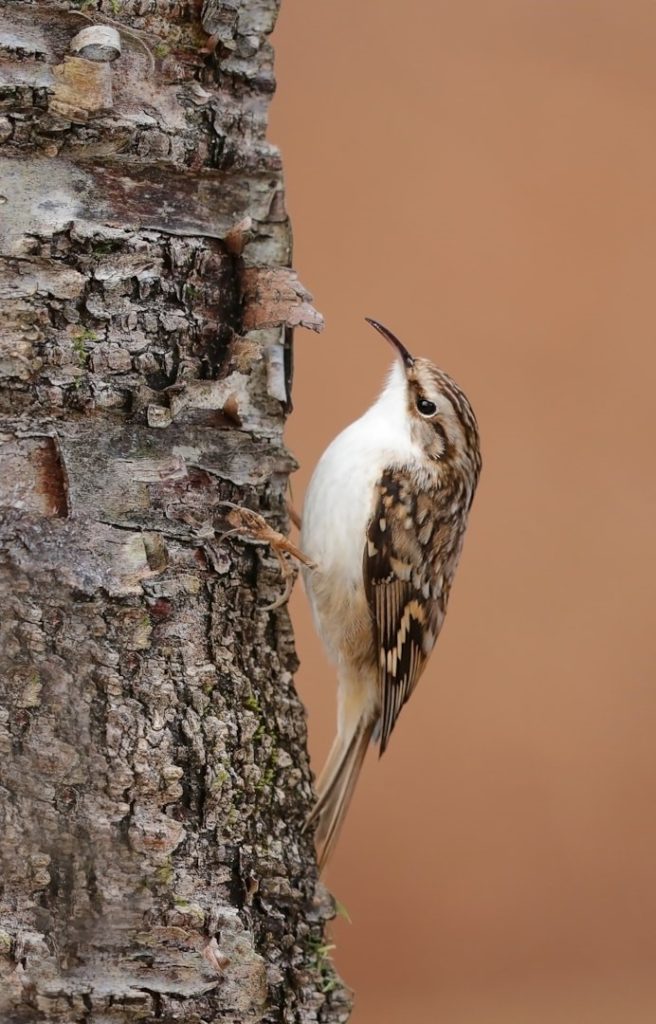
European Robin (Erithacus rebecula)
The Robin is a very common species found across the Streatham Campus, a well known bird with a very distinctive appearance and melodius song, especially during the breeding season. Each winter, well over one hundred Robins are recorded across the Streatham Campus
Robins are easily identified by their bright orange breast, brown back and white belly. They are found throughout Europe, commonly in gardens, parks, and woodlands. Robins primarily eat insects, earthworms, and berries, and are often seen hopping on lawns, searching for food.
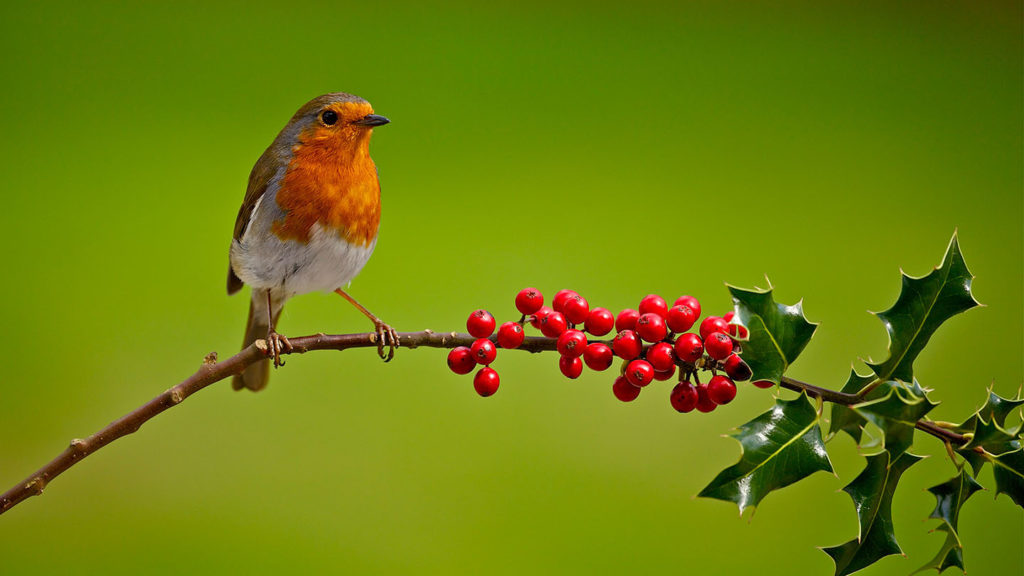
St Luke’s Campus
A total of 228 birds (16 different species) were recorded during the visits; 47 more birds than were recorded last winter. Of these 16 difference species, three were Red listed (Herring Gull, House Sparrow and Starling) and three were Amber listed (Dunnock, Wood Pigeon and Wren).
A total of 142 (6 species) Birds of Conservation Concern 5 (BOCC5) Red list and Amber list birds were recorded:
Red List
- Herring Gull
- House Sparrow
- Starling
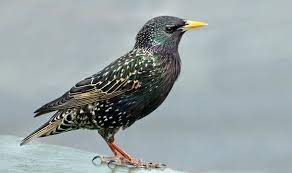
Amber List
- Dunnock
- Wood Pigeon
- Wren

As in the previous winter, the top three species recorded were:
- Wood Pigeon (Amber list)
- Herring Gull (Red list)
- House Sparrow (Red list)
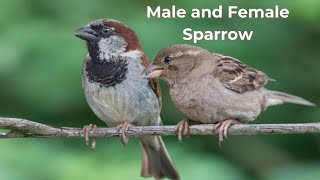
Wood Pigeons were evenly distributed across the campus, Herring Gulls were mainly found at St Luke’s and House Sparrows were located around the periphery of both St Luke’s and Rowancroft.
Amber list, Bird surveys, birds, Birds of Conservation Concern, BOCC, did you know, environment, Exeter University, Grounds, Red list, RSPB, St Luke’s Campus, Streatham Campus, University of ExeterblackbirdbullfinchdunnockGarden Warblergreenfinchherring gullhouse sparrowmallardmoorhenRedstartrobinRookSedge Warblersong thrushStock Dovewood pigeonwren– by vtp201
